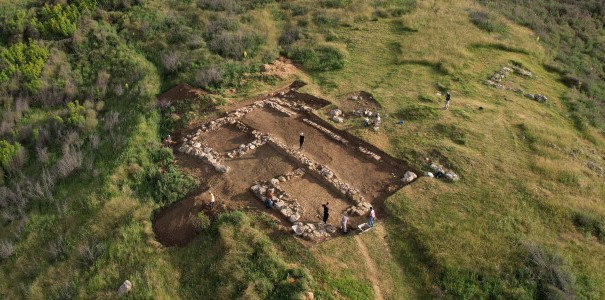
A unique building where important political and religious ceremonies probably took place and a wall system from the Hellenistic period are the discoveries that archaeologists from the Centre for the Study of Southeast European Antiquities at the University of Warsaw (UW) made in the excavation seasons that ended in July. The researchers are conducting research in Albania and Montenegro.
In Bushati, Albania, research was carried out on an ‘unknown city’ that UW archaeologists discovered five years ago. It is a vast area, close to ancient Shkodra, surrounded by Cyclopean walls. Although its name has not been established so far, it is known that it was an important urban centre. This is evidenced by exposed defensive walls and two city gates probably dating from the 4th century BC.
In ancient Rhizon, Montenegro, fragments of a monumental Roman portico have been uncovered. So far, archaeologists have uncovered its remains, 24m long and 5m wide, as well as the shafts of massive columns over 50cm in diameter. Below the level of the portico, walls from Hellenistic times (2nd century BC) have been discovered.









